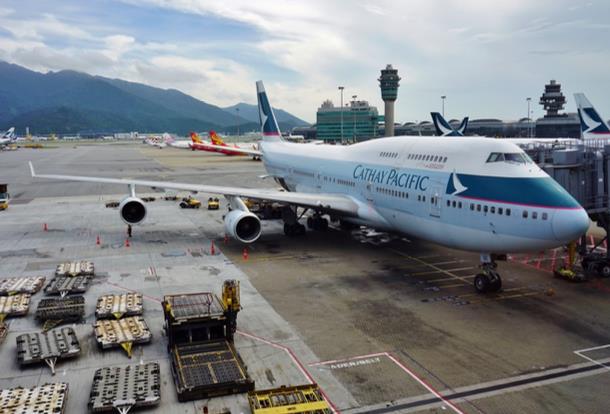Since the inception of Smith Travel Research 35 years ago, RevPAR has become the single most important metric of all hotel-management KPIs. The assumption is that balancing occupancy and ADR levels the playing field and provides for a true apples-to-apples comparison. Hoteliers and owners have fallen in love with the concept of RevPAR because it helps us understand in a single metric how we’re doing relative to similar hotels when adjusting for number of rooms.
But is RevPAR enough? Does focusing only on topline metrics offer sufficient insight into the performance or financial health of our hotels relative to our competitors? Is there a better way to gauge internal and external performance?
HSMAI’s Revenue Optimization Advisory Board (ROAB) KPI Workgroup has been drilling into these questions since before the pandemic made them even more urgent, including contributing to HSMAI’s recent Global Curate program, which was focused on determining the most relevant KPIs post-COVID. In this article, we’ll make our case for the importance of a more holistic revenue approach as well as highlight some of the challenges with the current uses of RevPAR.
For years now, the hospitality space has been trying to expand the traditional practice of revenue management from a single focus on topline rooms’ revenue to a broader focus on customer value and strategic profit management. This bottom-line orientation versus topline effort shifts the conversation to the customer and customer acquisition costs. Thus, a complete revenue strategy should expand to multiple revenue sources and encompass a multichannel demand management approach highlighting the importance of profit rather than just revenue. Hotels should spend time in their strategy sessions on acquisition, assessing the value of each customer, so they can develop a specific and personalized relationship with them.
One of the most obvious and — potentially most severe — effects of not adopting a profit-focused revenue management strategy is the missed opportunities to drive non-rooms-related revenue. If we are only focused on RevPAR, we can easily skip over chances to create strategies around incremental revenue growth and spend. The more you optimize wallet spend before and during each guest stay, the more successful your hotel or resort will be, especially over the next two to three years during pandemic recovery.
Read original article




